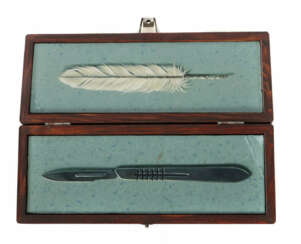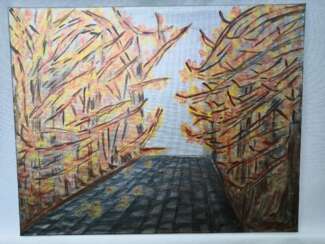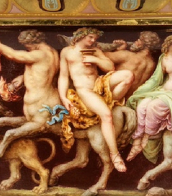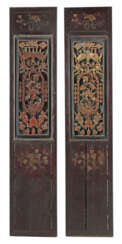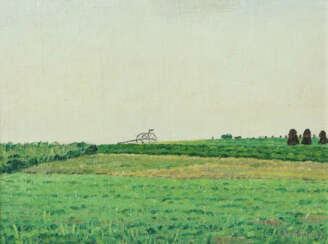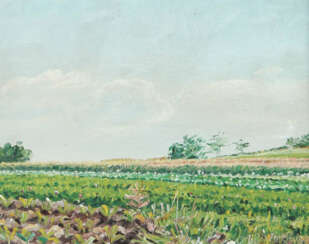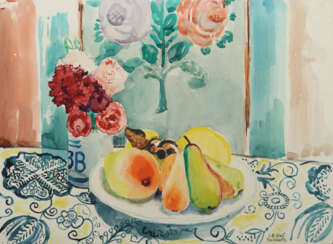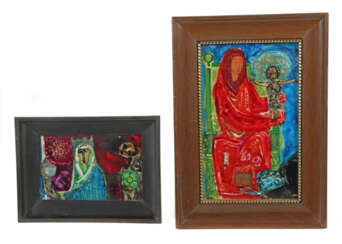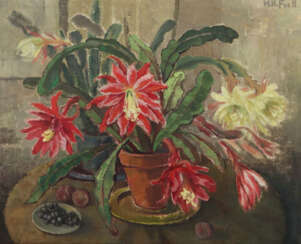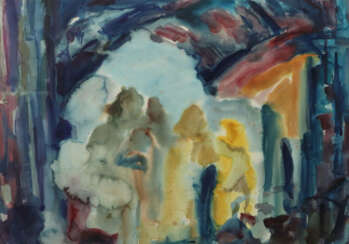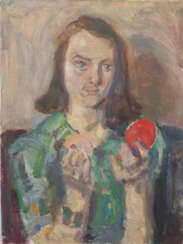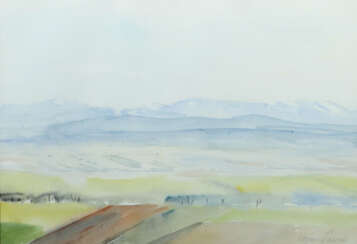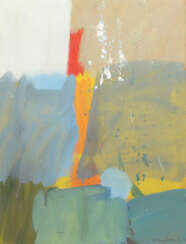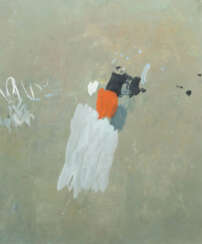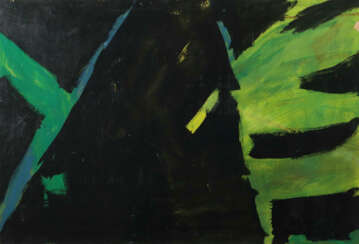1188 Items by auctions and galleries:
moderne gemälde
The Golden autumn
Nataliya Kutykhina (b. 1977) 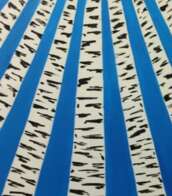 Shop Kutykhina Nataliya
Shop Kutykhina Nataliya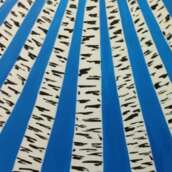

Nataliya Kutykhina
05.05.1977
Russia
Are you a collector? Or are you just looking for a unique gift for your loved ones? You can to get it in my shop ❤️❤️❤️ More items click by links
Donstep.gallery
and
https://www.artmajeur.com/natel

Artist shop
Kutykhina Nataliya
Russia
Number of products: 27
Golden smile/ GRILLZ
Valeriia Mikhaleva (b. 1999)  Shop Mikhaleva Valeriia
Shop Mikhaleva Valeriia

Valeriia Mikhaleva
15.04.1999
Russia
Добро пожаловать в мою галерею. Меня зовут Михалева Валерия. Псевдоним Éclair. Я всегда очень любила рисовать, но возможности такой не представлялось большую часть моей жизни. Я всегда рисовала в блокнотах для эскизов, на ватманах, иногда украшала стены друзей своими работами. В конце 2019 года я перешла на холст. У каждого человека есть мотивация что-то делать, у кого-то вдохновение. Мои вдохновение и мотивация- это эмоция. Эмоция порождает мысль, а мысль отражается на картине. Надеюсь Вам понравятся мои работы, и я смогу через призму двухмерного произведения передать Вам волну необъятных эмоций, взглядом лицезревшего.

Artist shop
Mikhaleva Valeriia
Russia
Number of products: 2
"Der König"
Natia Antadze (b. 1976) 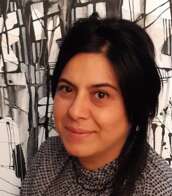 Shop Antadze Natia
Shop Antadze Natia

Natia Antadze
04.08.1976
Germany
Am 04.08.1976wurde ich in der Stadt Tbilisi geboren in Georgien . Bis zum heutigen Tag begleitet mich die Inspiration und Kreativität. Ich habe die Kunstschule und Kunst Akademie Mit Abschluss absolviert . Meine Bilder male ich aus einem Inneren Gefühl heraus .Meine Liebste Themen sind "Menschen" und Abstrakt Kunst . Seit 2003 arbeite und wohne ich mit meine zwei Engels in Moers." 1991-1995 An der I.Nikoladze Kunstschule ,1996-2000 Staatliche Kunst Akademie der Kunst in Tbilisi.
Kunstausstellung "lebende Kunst" 09.10.2016 , Im Mühlenturm in Geldern 2007 ,Scheufenster Galerie in Moers 2010Galerie, Namen E.Achwlediani Tbilisi 1990 Blau Galerie , Tbilisi 1995

Artist shop
Antadze Natia
Germany
Number of products: 2





